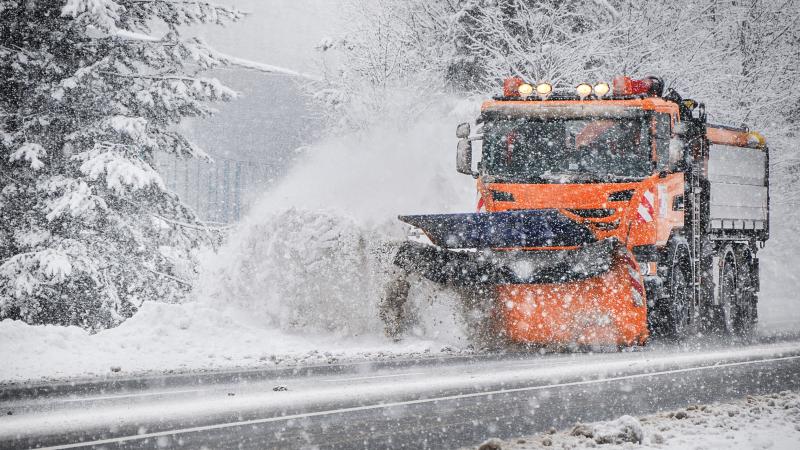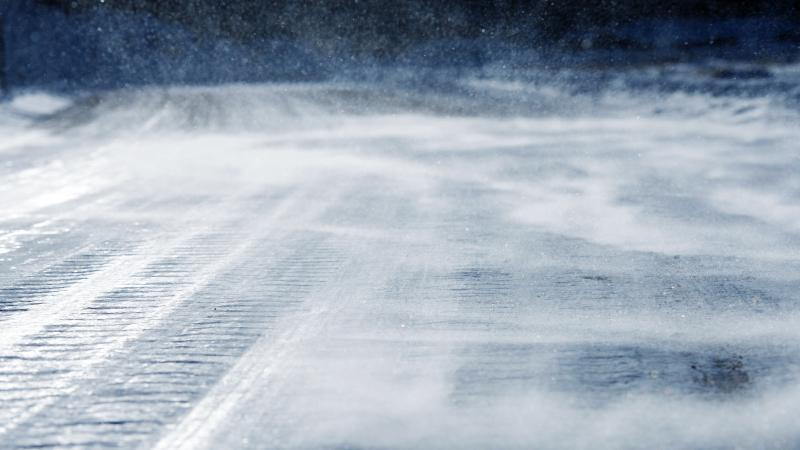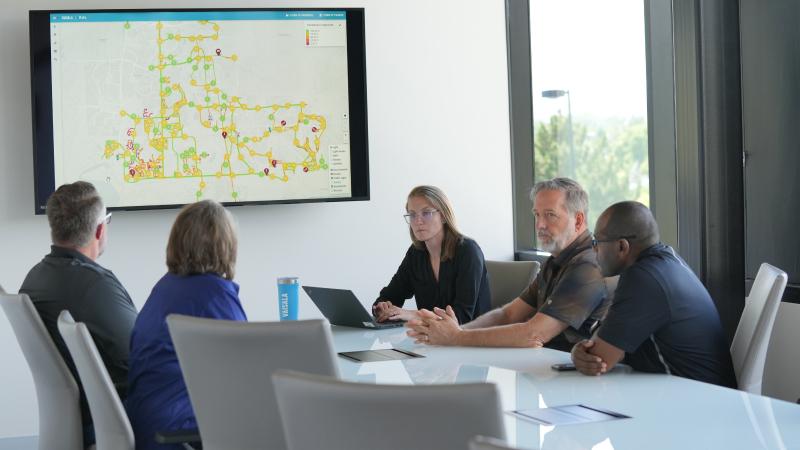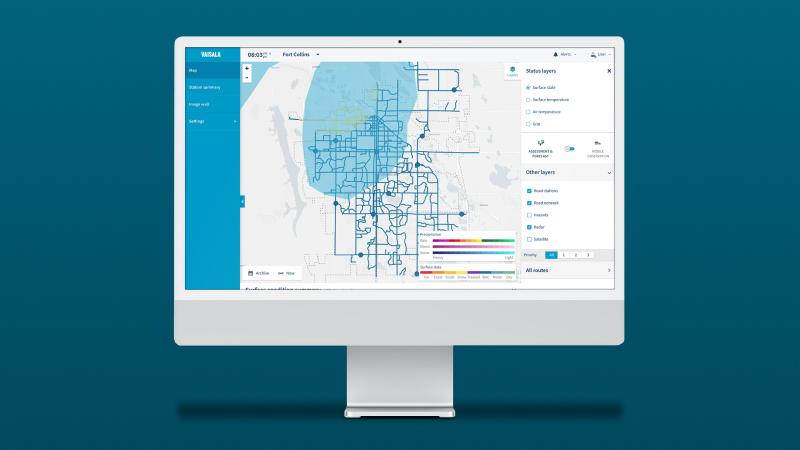Unrivaled awareness

Vaisala’s weather and environmental technologies enable unrivaled road network awareness — keeping roadways safe and efficient in any season. Our solutions are informed by our 85+ years of innovating and have made us the gold standard for precision and reliability.
Our holistic approach provides customers with end-to-end simplicity, valuable partnership, and a comprehensive portfolio of solutions that are constantly evolving.
We are recognized experts in transportation, and we continue to channel our curiosity into new ways of making roadways safer and more efficient than ever.















